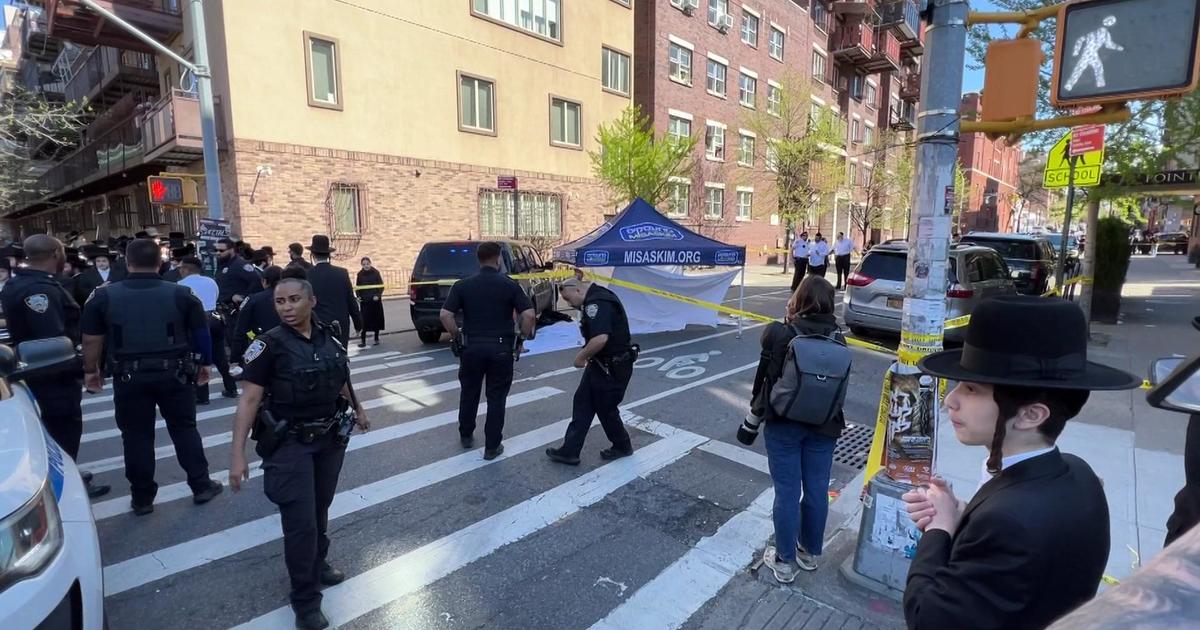Minimally Invasive Approach Could Reduce Complications Associated With Wrist Fractures
NEW YORK (CBSNewYork) -- Broken wrists are among the most common fractures in the country, with 650,000 occurring every year.
The breaks often need surgery, which means a pretty big incision and a scar.
As CBS2's Dr. Max Gomez explained, a new minimally invasive approach makes surgery much easier.
Most broken wrists are still treated with casts, but that often means a stiff wrist, fingers, and shoulder from impaired motion after six or more weeks in a cast.
Broken wrists are increasingly being fixed with surgery, and now an ingenious new device is making things much easier.
A metal plate, several screws, and pegs usually do a good job of fixing a broken wrist, but can lead to complications.
"Nerves around the are can be irritated. Plates also need to remain in for life. They can start to irritate tendons, even leading to ruptures in a small percentage of patients," Dr. Scott Wolfe explained.
Those complications were recently on the mind of Eileen Medinger.
Medinger has been an avid snowboarder for 25 years, but ran into some sticky snow in Vermont over the holidays.
"My board just stopped, and I fell backwards and caught myself with both of my wrists. Both of them were broken," Medinger recalled.
X-rays in Vermont confirmed the breaks, and Eileen went directly to Dr. Wolfe at the Hospital For Special Surgery. He offered her a new device for one of her wrists and conventional surgery for the other.
Instead of a plate and screws the Conventus DRS System uses an expandable metal cage that goes inside the broken bone.
"The hardware isn't exposed to the tendons, to the nerves, the incisions can be smaller. The thought being we can reduce some of the soft tissue complications that are associated with the traditional treatments of surgery," Dr. Wolfe explained.
Through smaller incisions, the device is inserted into the broken radius bone, where the special memory metal expands and hardens at body temperature. A couple of other screws lock it all in place.
Eileen's incisions are almost invisible. As for snowboarding.
"I'm finished with snowboarding. I'm gonna bequeath my beautiful new snowboard to my daughter so I can't do it anymore," she said.
While some very serious fractures still require conventional surgery, for common broken wrists the device looks like it gives patients the same results as regular surgery as far as strength and range of motion.
Dr. Wolfe is doing a study to scientifically compare both approaches head to head.



